The Cornell Lab Bird Academy › Discussion Groups › Nature Journaling and Field Sketching › Capturing Behavior – Gesture Drawing
-
These two were moving sooo fast into so many positions that I lost track and sense of even where to draw ! however I did notice how intimate the mom na pup were and like a dance and got me laughing.
-
I found that I am not a quick drawer at all, so this was a challenging exercise. I managed to locate a Red Admiral butterfly moving about some purple clover, that thankfully was much slower that the duck or the foxes in the videos. I also took a nice dorsal view photo with wings open that allowed me to sketch and color in at my leisure. Hopefully more practice will make this exercise easier and easier.

-


-

-

-



-
I love how you have all the different aspects of your subject great job!
-
-

-



-


-



-
Wow, I am so fired up after this. I don't need coffee anymore. It became messier and easier as I went. This was a very nice exercise! Foxes were much harder than bird feeders but gave nice results.

-
Gesture drawing is so important and yet so difficult. Yes, one notices how the animals move, where the legs bend and how, the tail’s length in relation to the entire animal, just everything one wouldn’t notice without trying to capture it. And going from memory surely will bring errors. I got a long way to go for this exercise to be helpful to me.
-
This exercise has been incredibly helpful. Gesture drawing is the cure to the wrong position--there isn't one. With this technique, drawing wildlife has become far easier. If I was not gesture drawing, it might suggest I as sketching an inanimate object, so attention to detail would be easier.

-
I like seeing the differing views of the subject and noticing how the shapes change. I found it difficult for me as I am not an artist. I will keep trying.
-
Gesture drawing allowed me to draw a single animal in many scenarios, which I might not usually do especially if I was focusing on a still image or trying to draw only from memory. For the duck, for example, I got many different head and tail motions, and then a great capture of the spread wings and elevated body. Had I been told to simply draw a duck I would likely have drawn it very still and placid, which isn't true to nature at all; most animals, birds especially, are constantly moving some part or the whole of their bodies. This was good practice for further bird investigations in the field.

-
I really enjoyed this! It is very tough though to keep tabs on a moving subject, and I look forward to practicing as much as possible, it is really essential for sketching in the field, and definitely helped me with my observations.

-
April 13, 2023. Connecticut. This exercise made me work to catch basic shapes more quickly, such as how the cormorant's body was rather angular. I was using my binoculars constantly, since my subjects were rather distant... maybe next time I'll bring along a spotting scope - but I really want to keep my field sketching portable - minimize the equipment!


-
 Gesture drawing is very difficult; however, I believe it is very necessary to learning to draw "in the field". I can see this is a skill to keep developing as nature usually does not sit still. I keep repeating Liz's words of encouragement to, "be gentle with yourself...and have fun".
Gesture drawing is very difficult; however, I believe it is very necessary to learning to draw "in the field". I can see this is a skill to keep developing as nature usually does not sit still. I keep repeating Liz's words of encouragement to, "be gentle with yourself...and have fun". -

-
This exercise was a 'work out'. I am anxious to go to the Audubon society and try drawing the ducks on their large pond.
-
 THE MOVING FOX from the video/ had to work fast
THE MOVING FOX from the video/ had to work fast
-
-

-
Timed Gesture drawings. Small but I think would have been better if larger. When the snow vanishes; will go looking for live birds and animal to gesture draw. This will be fun! ( I am not very 'quick') The results????
-
-
Those gesture drawing exercise were really a blast to do but hard to do. I can see how practicing a lot will be important to get the gist of it. My young daughters joined me when they saw what I was trying to do with this lesson. We like looking at what others submitted after completing the lesson. Thanks for the sharing!

-
Gesture drawing is a very interesting one to do. For me gesture practicing with birds, seems to be a little more comfortable compared to animal species. the instant 1 minute and 30 seconds are impossible to do. I need a lot and a lot of practice to get the basic gesture drawing. But it's very passionate and interesting to work on. Hopefully, in a month's time, I get to work on more clear sketches.

-
I notice when they are at a feeder (Panama fruit feeder cam) they were not moving around as much as the preening duck. But that could be the species that you are watching. Some, such as smaller birds, move around quicker than the larger as in the doves in Liz's demo. The feeder cams are a great source to practice in the warmth of your home! This ended up being an easier exercise than I thought it would be! It looked so intimidating at first.


-
I used the line of action website that one of the other students recommended. This was a great way to practice. I was surprised how quickly you can catch the action of the image. 60 seconds doesn't give you enough time to develop the drawing but it does give you the basic action. Really enjoyed this type of drawing. I struggled alot with the picture of the Canada goose. Profiles are so much easier to capture. The straight on face of the goose was really hard. Definitely need to practice alot more. I'm pretty happy with this as I haven't drawn in years.

-
 Thi
This is probably the most difficult skill to master, but the most important one for field study of animal behavior. It's hard to focus on any one area when there is so much movement. The birds I saw out in the wild moved slowly or where ready to roost. The foxes in the video were too distracting--two at once!!
Thi
This is probably the most difficult skill to master, but the most important one for field study of animal behavior. It's hard to focus on any one area when there is so much movement. The birds I saw out in the wild moved slowly or where ready to roost. The foxes in the video were too distracting--two at once!!
Read More:
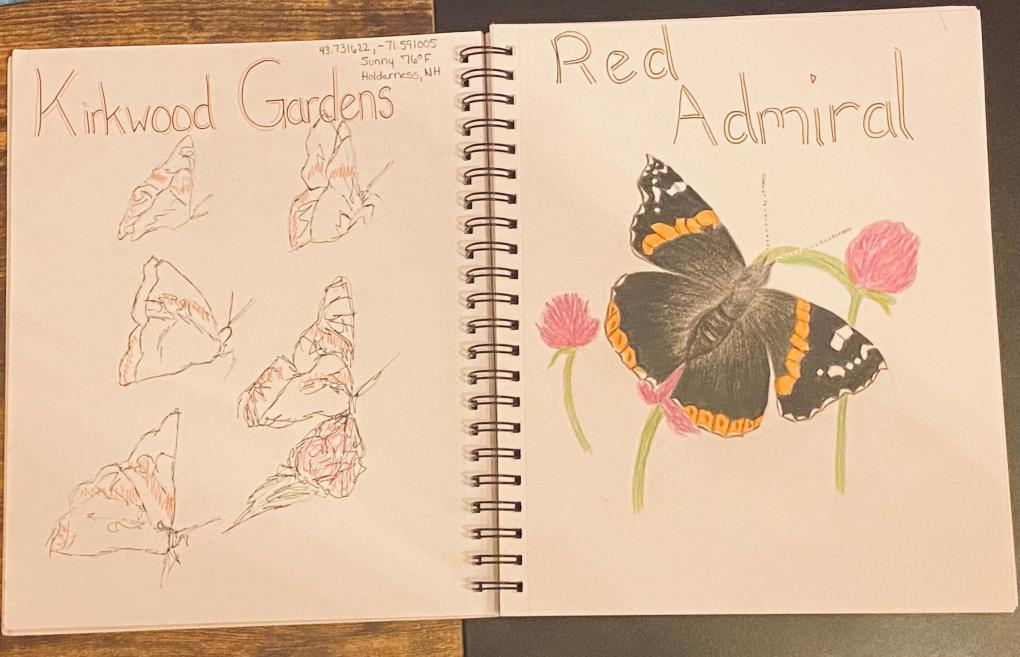
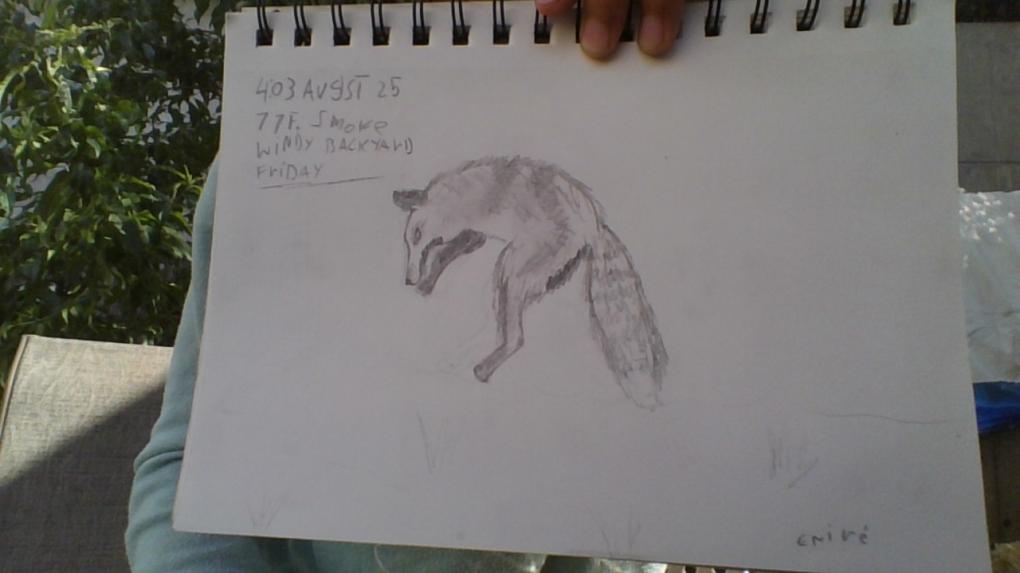
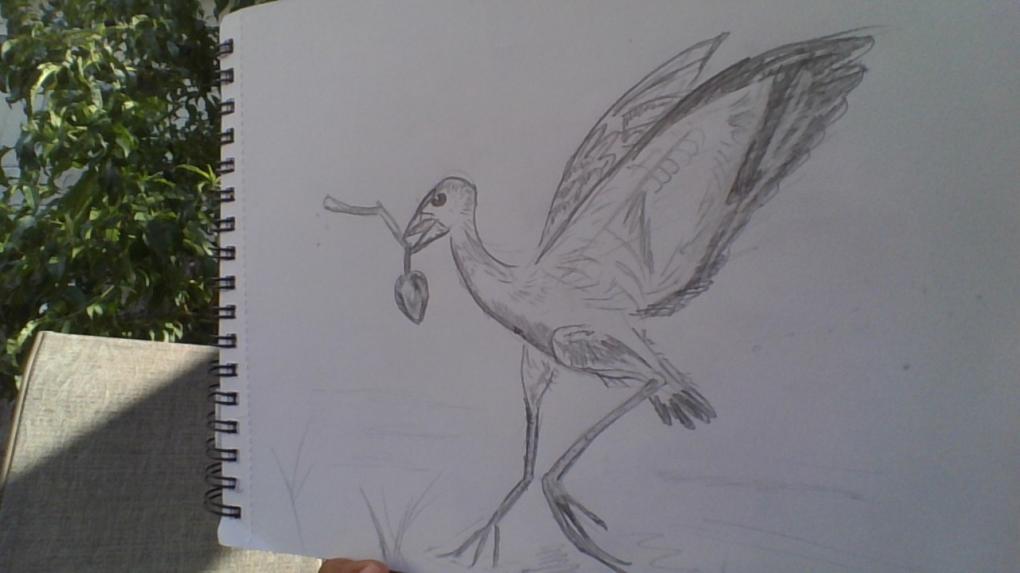
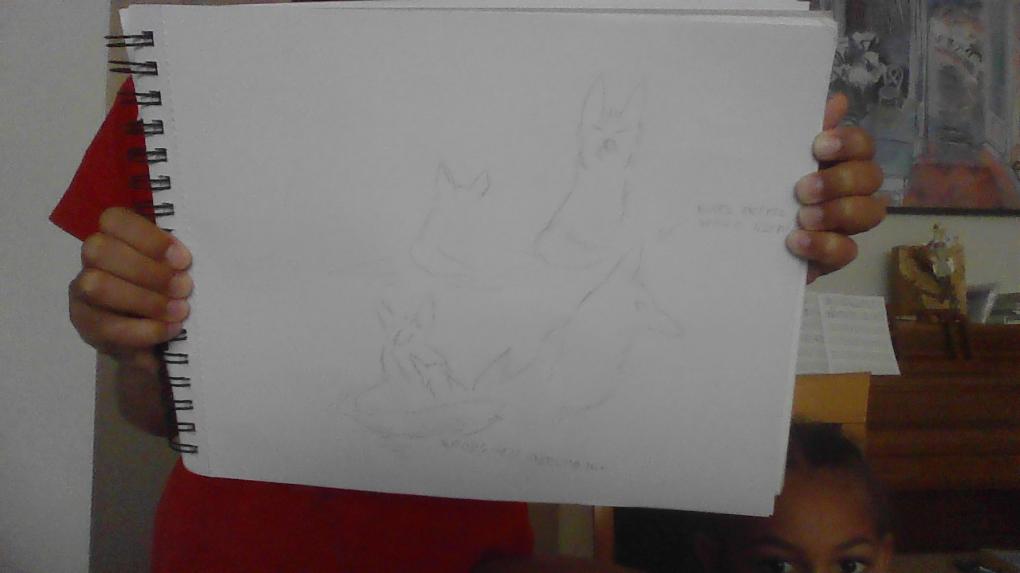
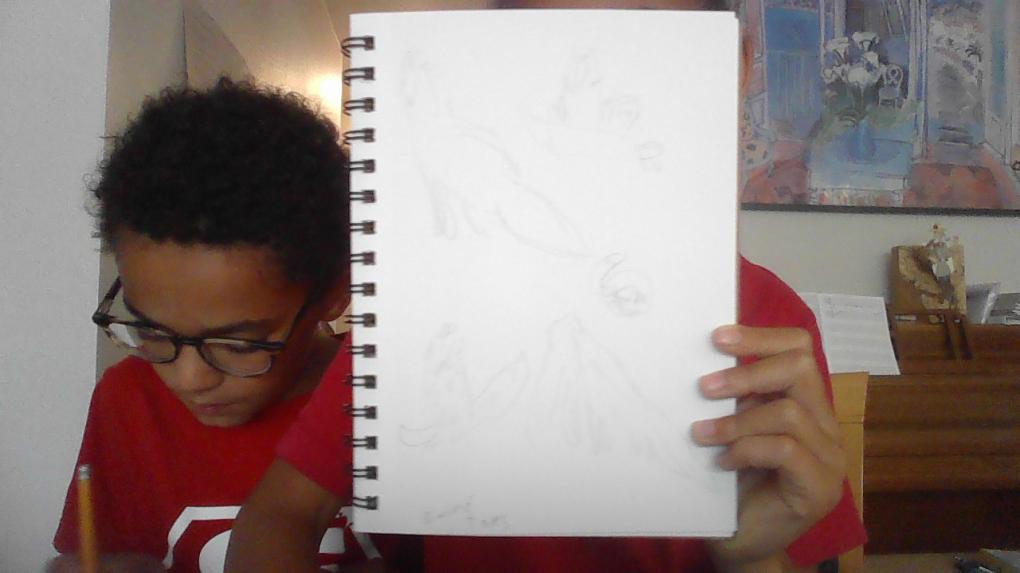
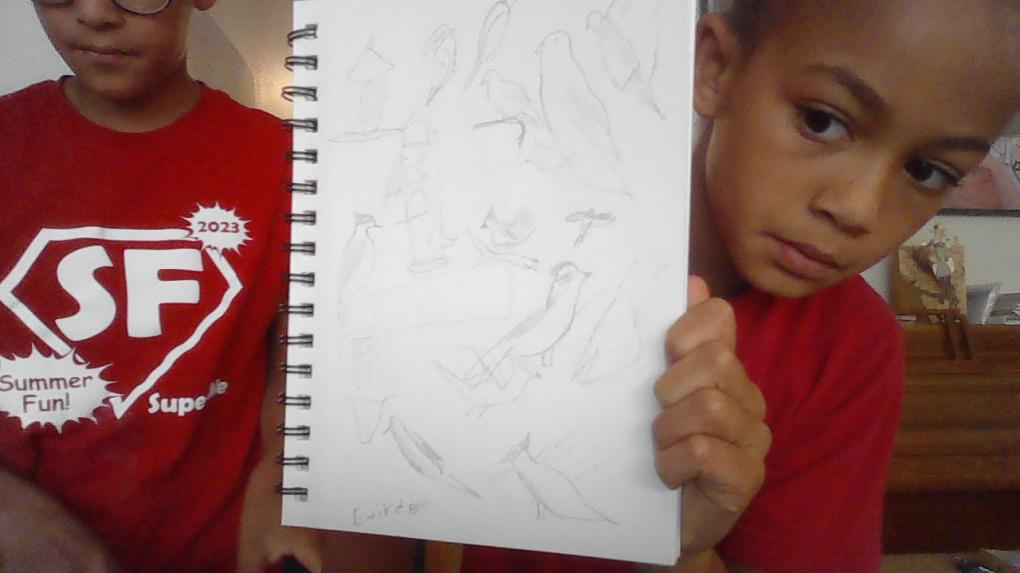
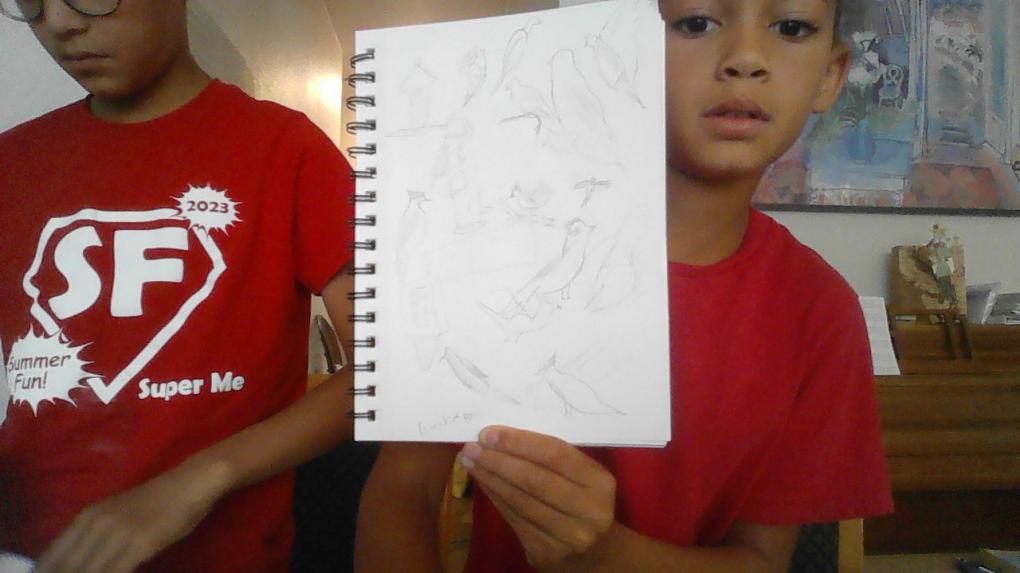
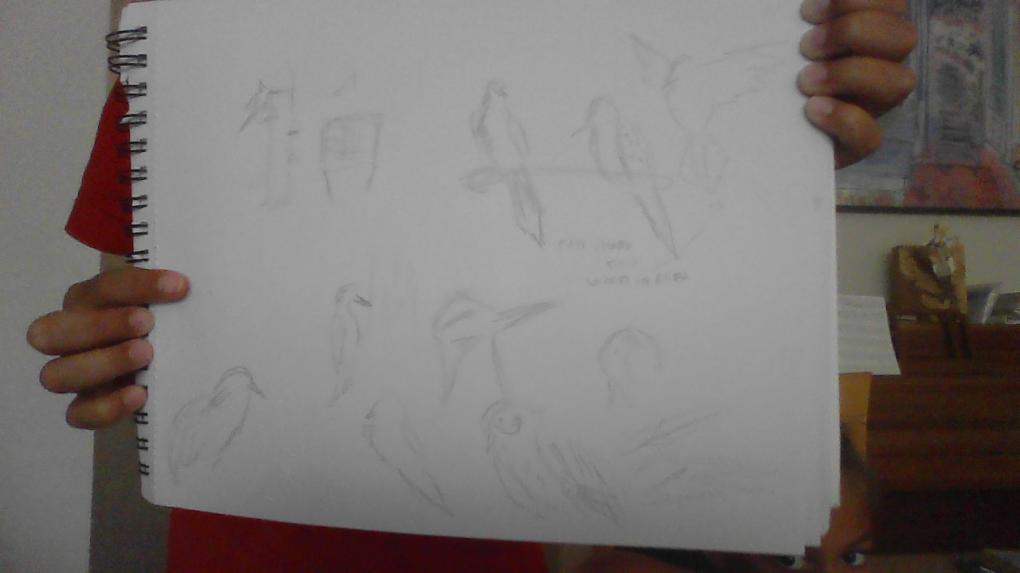
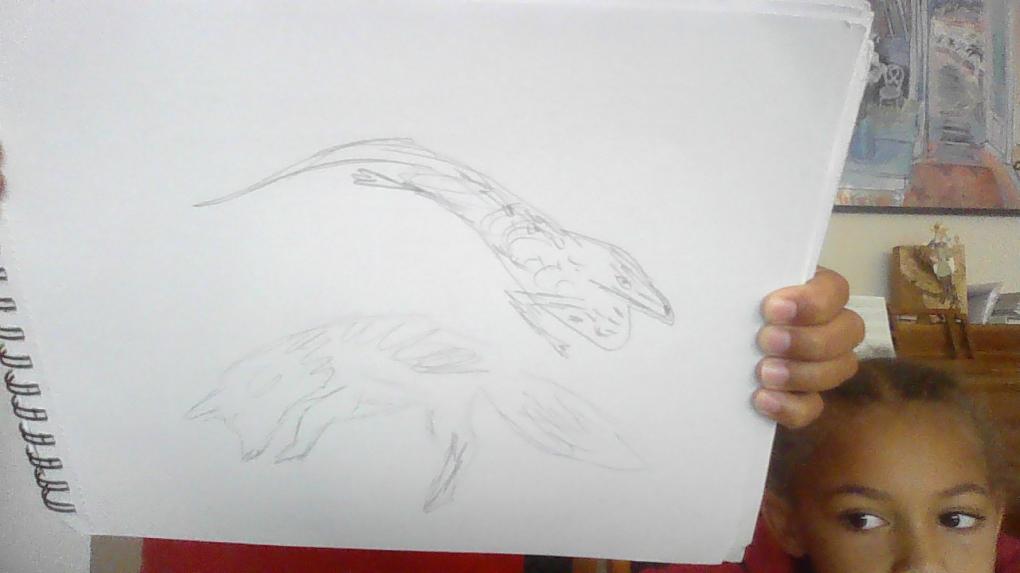
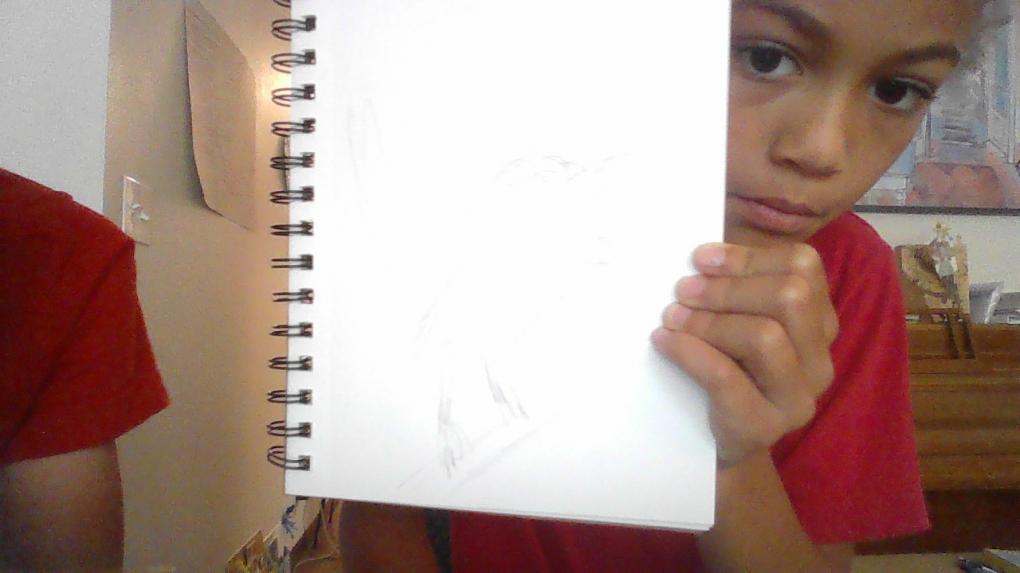
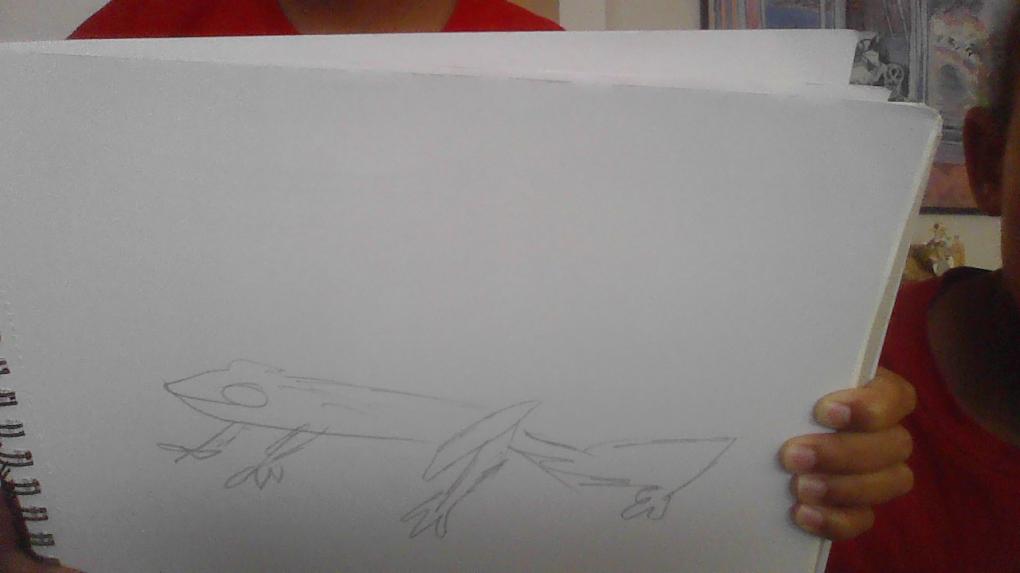
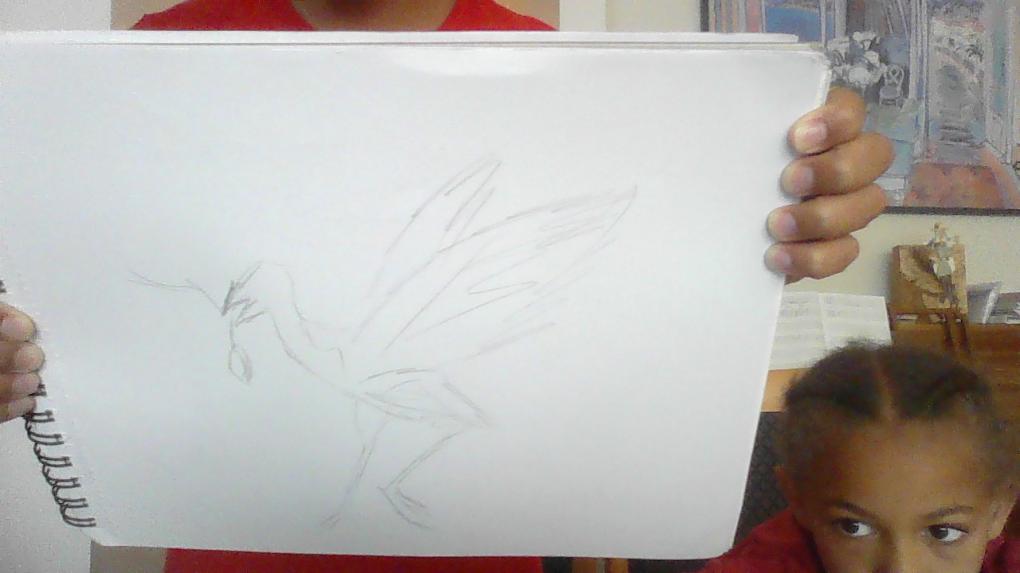
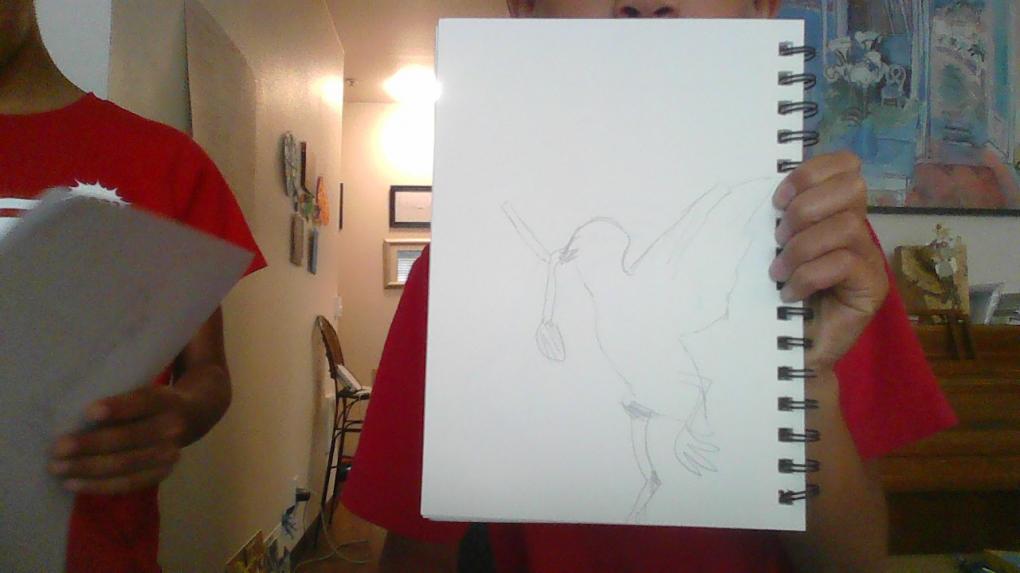
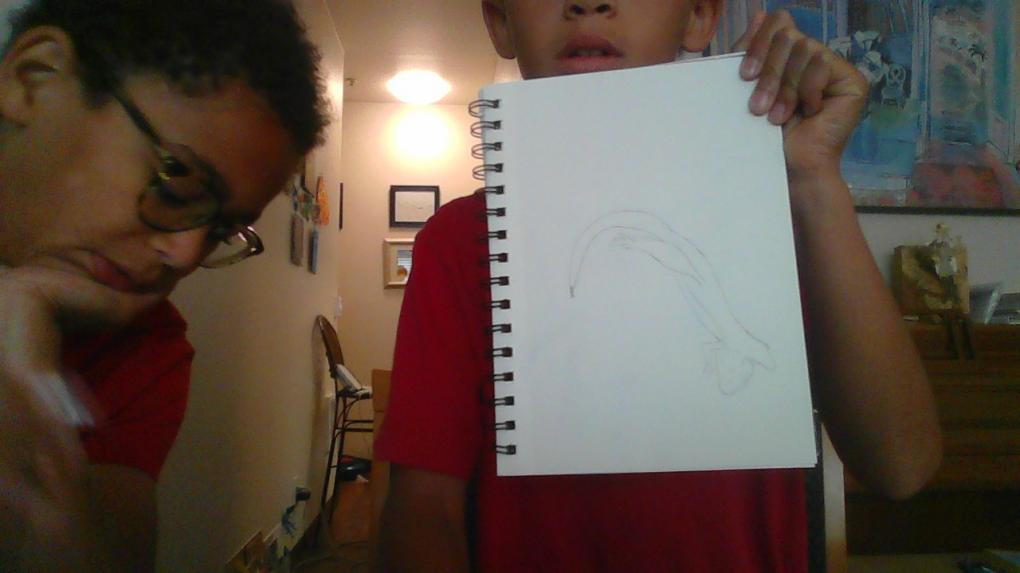
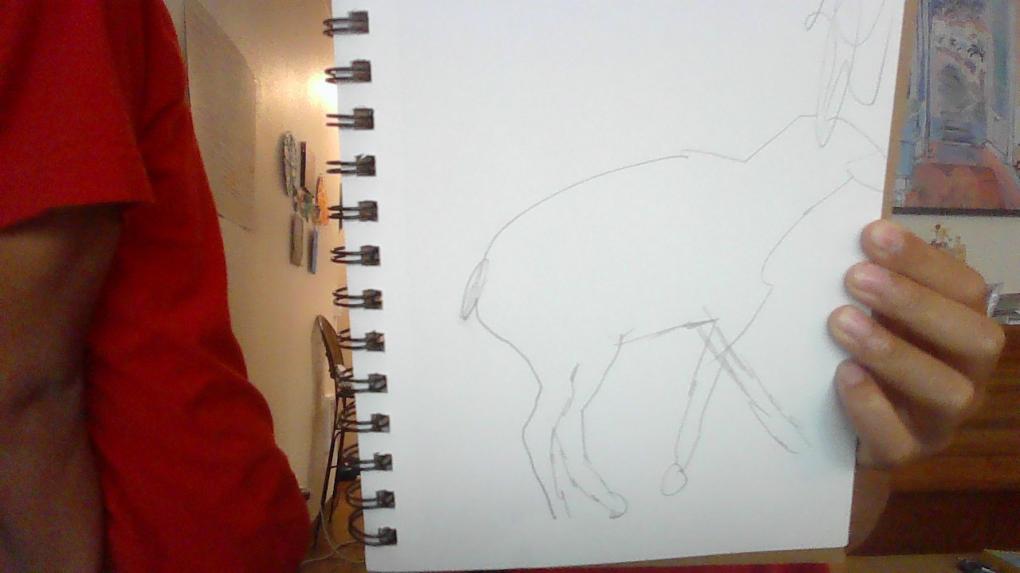
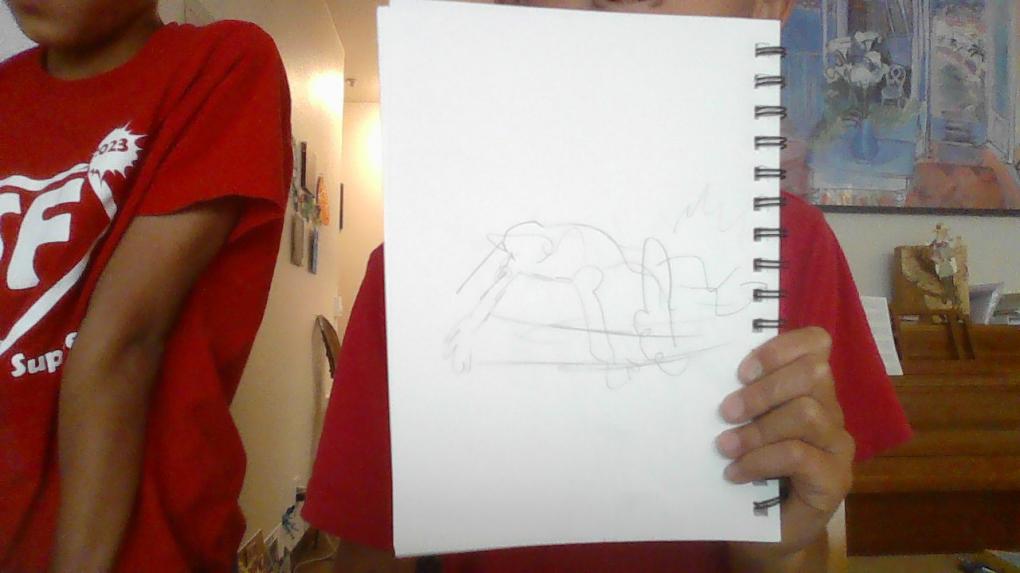
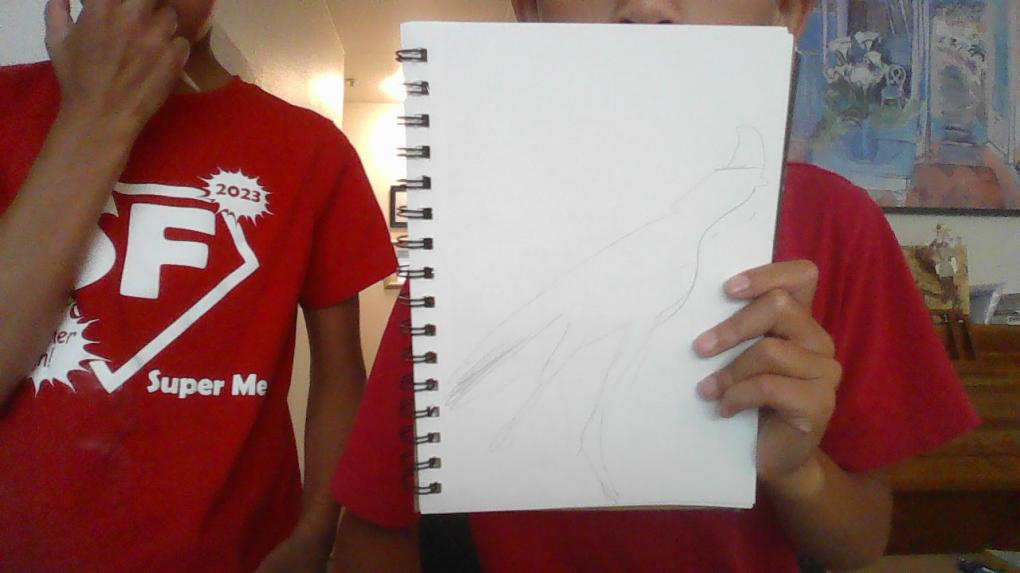
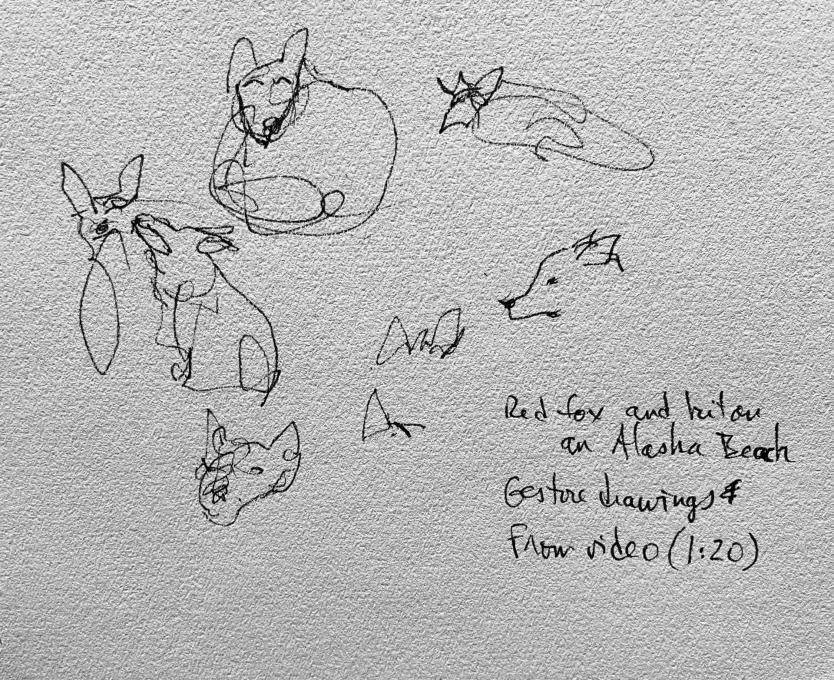
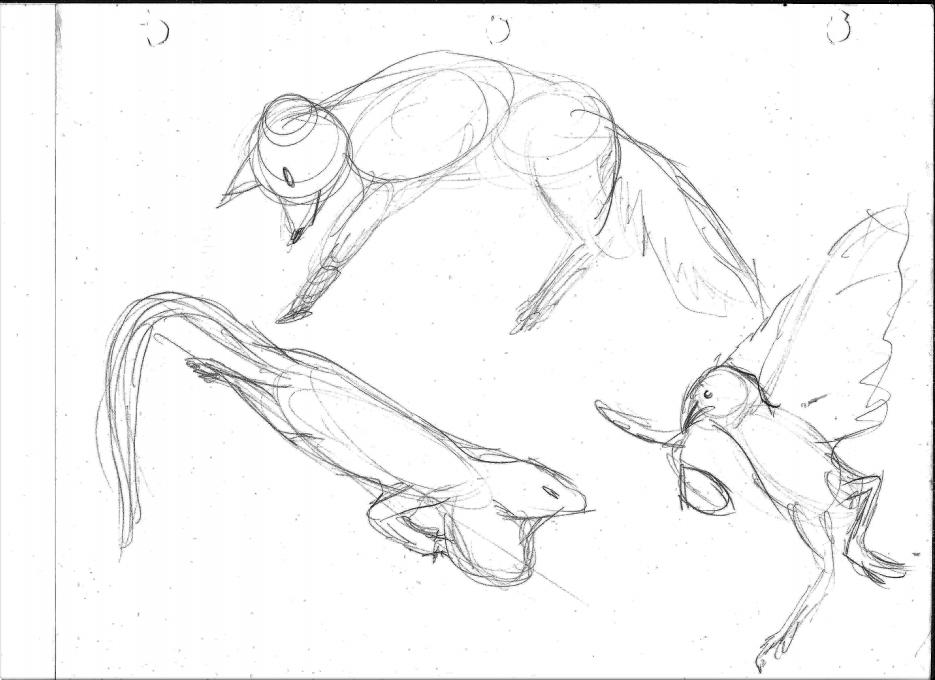
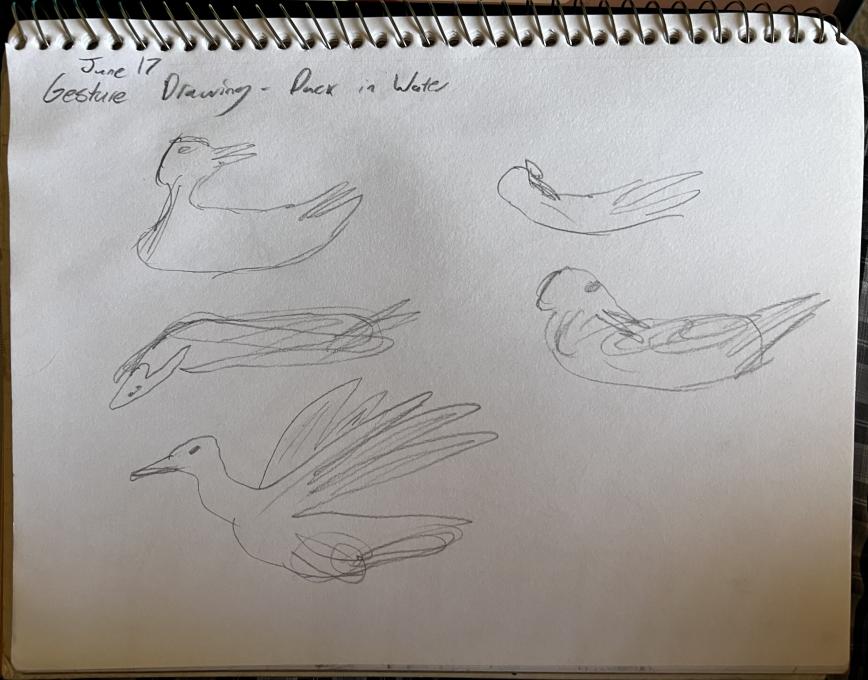
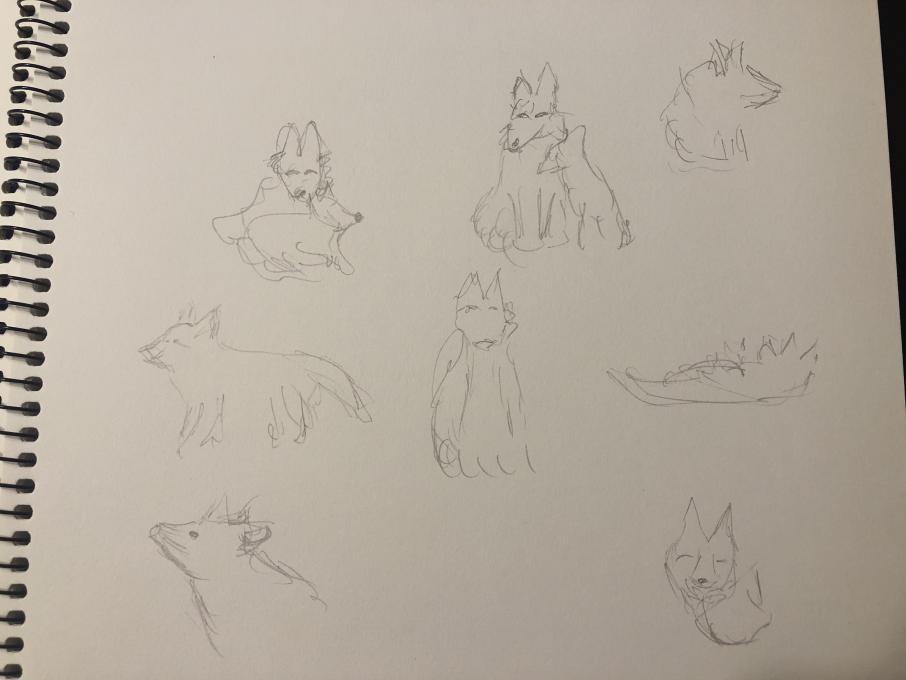
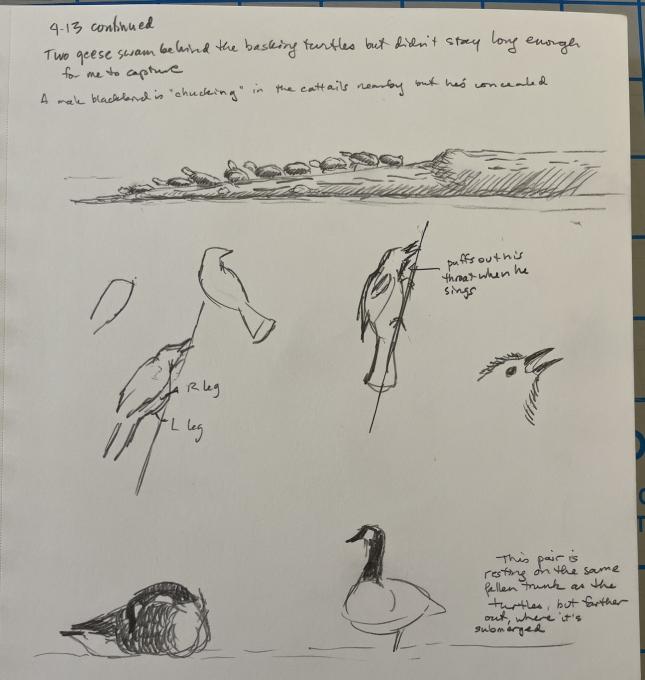
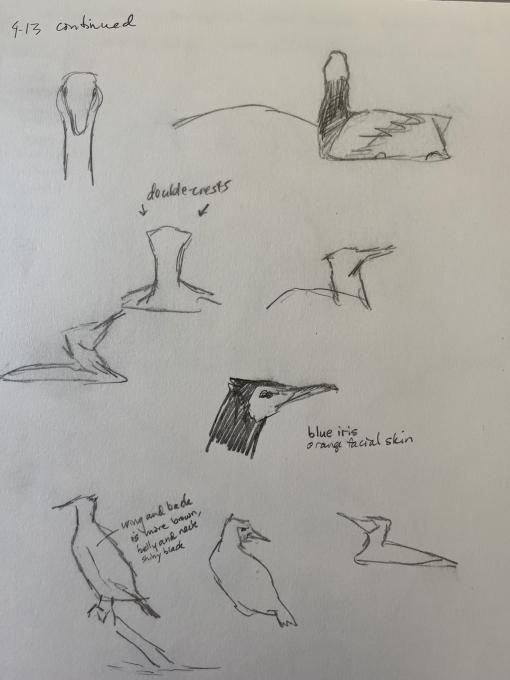
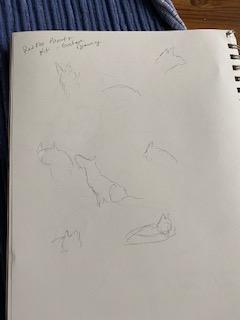 Gesture drawing is very difficult; however, I believe it is very necessary to learning to draw "in the field". I can see this is a skill to keep developing as nature usually does not sit still. I keep repeating Liz's words of encouragement to, "be gentle with yourself...and have fun".
Gesture drawing is very difficult; however, I believe it is very necessary to learning to draw "in the field". I can see this is a skill to keep developing as nature usually does not sit still. I keep repeating Liz's words of encouragement to, "be gentle with yourself...and have fun". 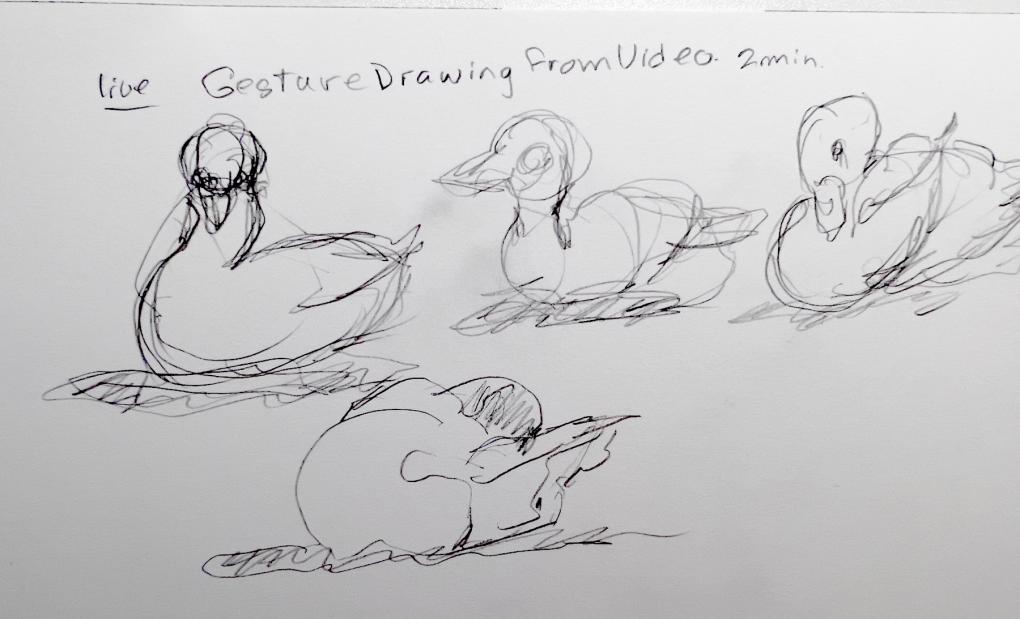
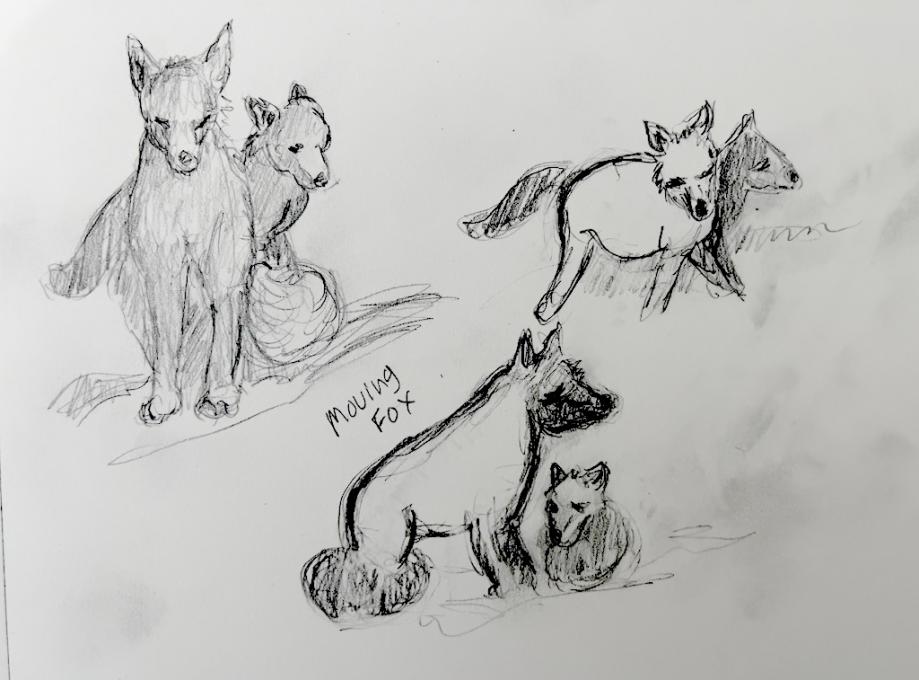 THE MOVING FOX from the video/ had to work fast
THE MOVING FOX from the video/ had to work fast 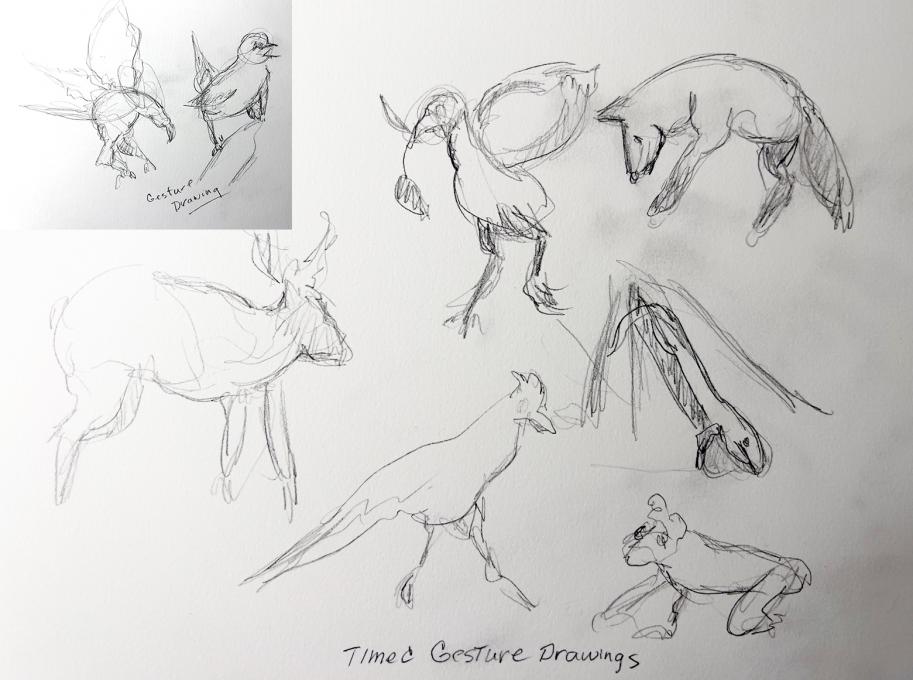
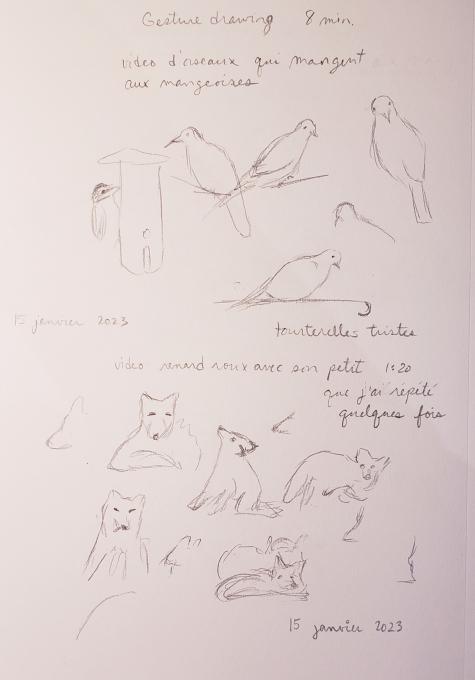
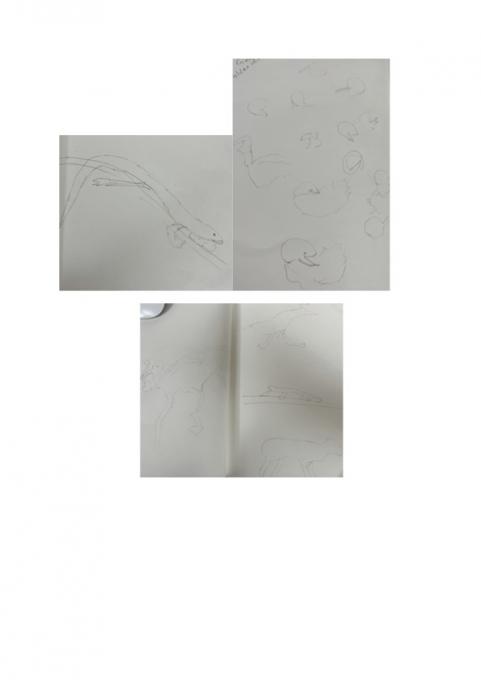
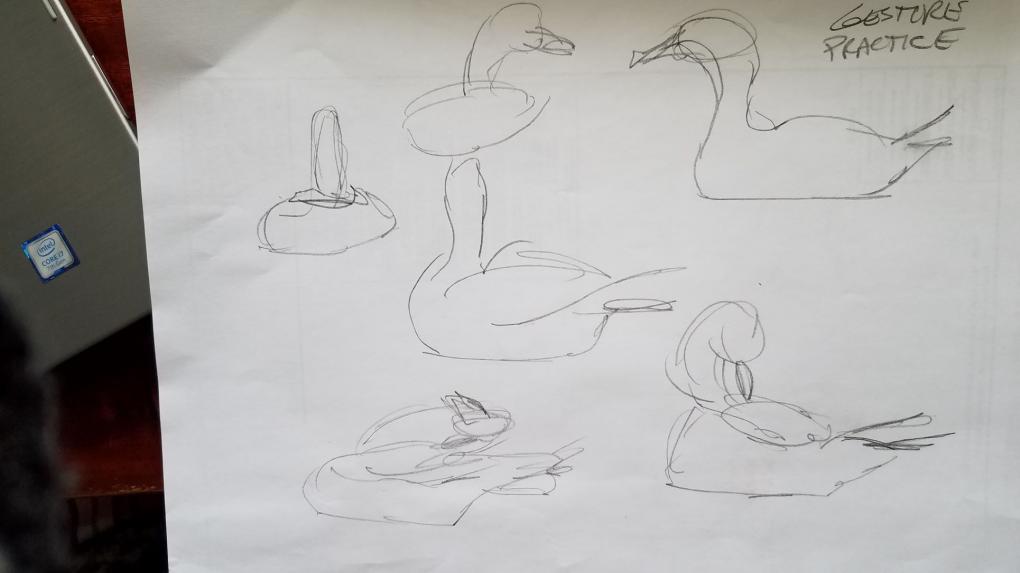
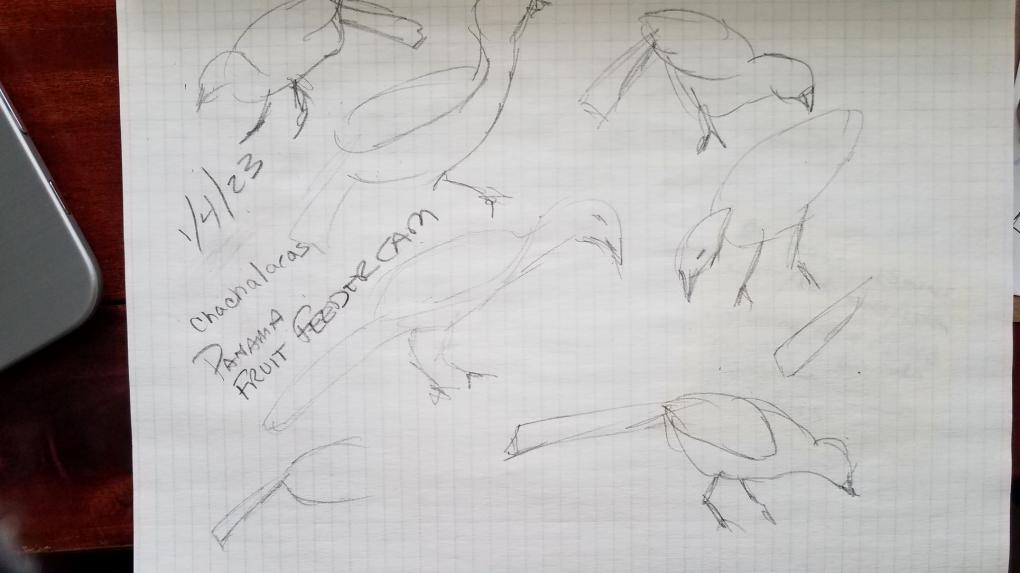
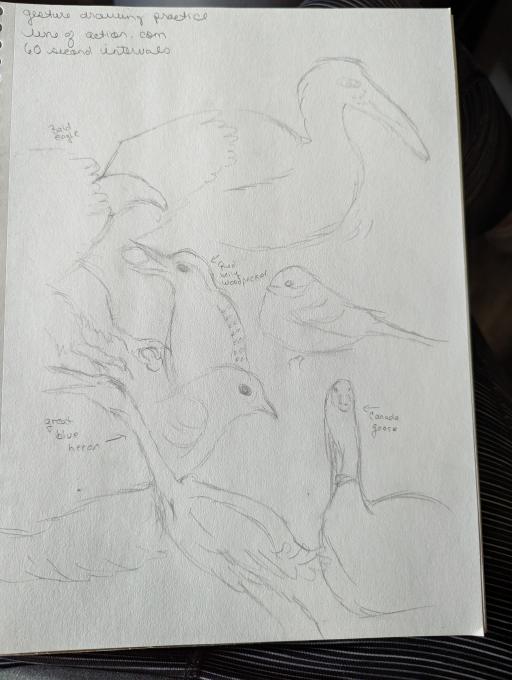
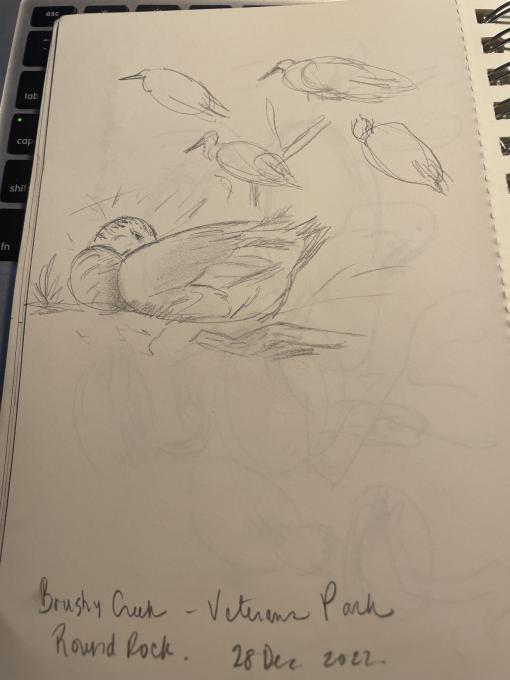 Thi
This is probably the most difficult skill to master, but the most important one for field study of animal behavior. It's hard to focus on any one area when there is so much movement. The birds I saw out in the wild moved slowly or where ready to roost. The foxes in the video were too distracting--two at once!!
Thi
This is probably the most difficult skill to master, but the most important one for field study of animal behavior. It's hard to focus on any one area when there is so much movement. The birds I saw out in the wild moved slowly or where ready to roost. The foxes in the video were too distracting--two at once!!